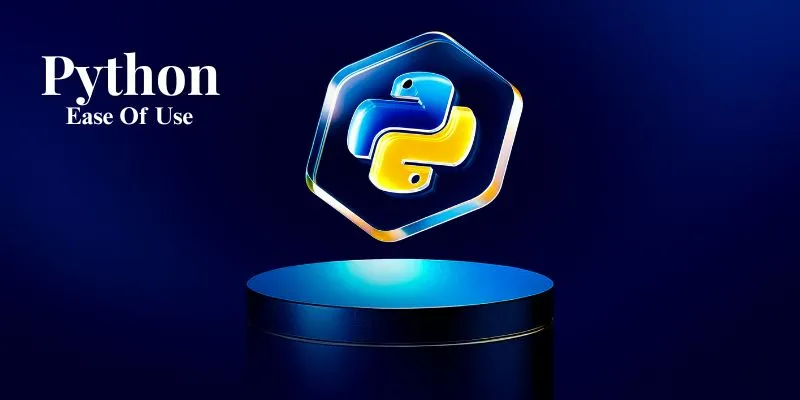
Python is one of the most versatile and widely used programming languages, known for its readability, simplicity, and powerful libraries. However, even the most experienced developers encounter errors and bugs in their code. Effective debugging and error handling are critical skills that allow developers to identify, resolve, and prevent issues, ensuring that Python applications run smoothly and efficiently.
Whether you are a beginner or looking to enhance your skills, enrolling in a Python Course in Tirunelveli at FITA Academy can provide hands-on experience with debugging and error-handling techniques. In this article, we will see the key tools, methods, and best practices for mastering Python debugging and error handling, equipping developers with the expertise needed to write reliable, maintainable, and high-performing code.
Understanding the Importance of Debugging
Debugging is the process of identifying errors in code. Bugs can range from simple syntax mistakes to complex logic errors that disrupt the program’s functionality. Without proper debugging, even a well-structured program can fail, leading to wasted time, frustration, and potentially costly mistakes in production.
Python simplifies debugging by providing clear and detailed error messages, often including the type of error, the line where it occurred, and a traceback of the program execution. However, developers need more than just error messages; they need a systematic approach to identify root causes and implement lasting fixes.
Common Debugging Techniques
Here are some effective techniques developers use to debug Python code:
1. Reading Error Messages Carefully
Python provides descriptive exceptions and tracebacks that indicate exactly where and why an error occurred. Carefully analyzing these messages can often lead directly to the source of the problem.
2. Using Print Statements Strategically
One of the simplest ways to debug Python code is by inserting print statements to inspect variable values and monitor program flow. While this method is basic, it is often very effective for quickly identifying where things go wrong. Students enrolled in a Python Course in Dindigul can practice this technique in hands-on exercises, helping them develop a strong foundation in debugging and problem-solving.
3. Isolating Problematic Code
Breaking large programs into smaller, testable sections helps pinpoint the location of a bug. This modular approach not only simplifies debugging but also improves overall code readability.
4. Using Interactive Debuggers
Python includes built-in debugging tools, such as pdb, which allow developers to set breakpoints, inspect variables, and step through code line by line. Modern IDEs like PyCharm and VS Code offer graphical debugging tools for more intuitive error inspection.
Effective Error Handling in Python
Error handling is the practice of anticipating, detecting, and managing errors in a way that prevents program crashes and provides useful feedback. Python provides robust mechanisms to handle errors gracefully.
1. Using Try-Except Blocks
The try-except block is the starting foundation of error handling in Python. By wrapping potentially problematic code in a try block and catching exceptions in an except block, developers can prevent crashes and manage errors appropriately.
2. Handling Specific Exceptions
It is best to catch specific exceptions rather than using broad except statements. This practice prevents masking other unexpected errors and allows for more precise troubleshooting. Learners enrolled in a Python Course in Kanchipuram can gain practical experience with handling specific exceptions, helping them write more reliable and maintainable Python code.
3. Using Finally for Cleanup
The finally block ensures that essential cleanup code runs regardless of whether an error occurs, such as closing files or releasing resources. This improves the reliability of programs and reduces resource leaks.
4. Logging Errors
Instead of relying solely on print statements, the Python logging module allows developers to record errors with different severity levels, such as debug, warning, and critical. This approach is particularly useful in production environments to track and analyze errors over time.
Best Practices for Debugging and Error Handling
- Write Clean Code: Well-structured, readable code is easier to debug and maintain.
- Use Unit Tests: Testing small units of code ensures errors are caught early and reduces debugging time.
- Document Known Issues: Keeping track of common bugs helps identify patterns and prevents recurring errors.
- Stay Systematic and Patient: Debugging can be frustrating, but a methodical approach saves time and avoids mistakes.
- Leverage IDE Features: Use breakpoints, watches, and step execution to inspect code interactively.
Advanced Tools for Professional Developers
Professional developers often use additional tools to enhance debugging efficiency:
- Linters and Static Analysis Tools: Tools like Pylint, Flake8, and MyPy catch potential issues before runtime.
- Third-Party Debuggers: Libraries such as ipdb and pudb provide enhanced interactive debugging interfaces.
- Profilers: Tools like cProfile help detect performance bottlenecks while debugging code logic.
Effective debugging and error handling are key to writing reliable Python code. Enrolling in a Python Course in Delhi provides hands-on experience and practical guidance, helping learners master these essential skills for professional development.
